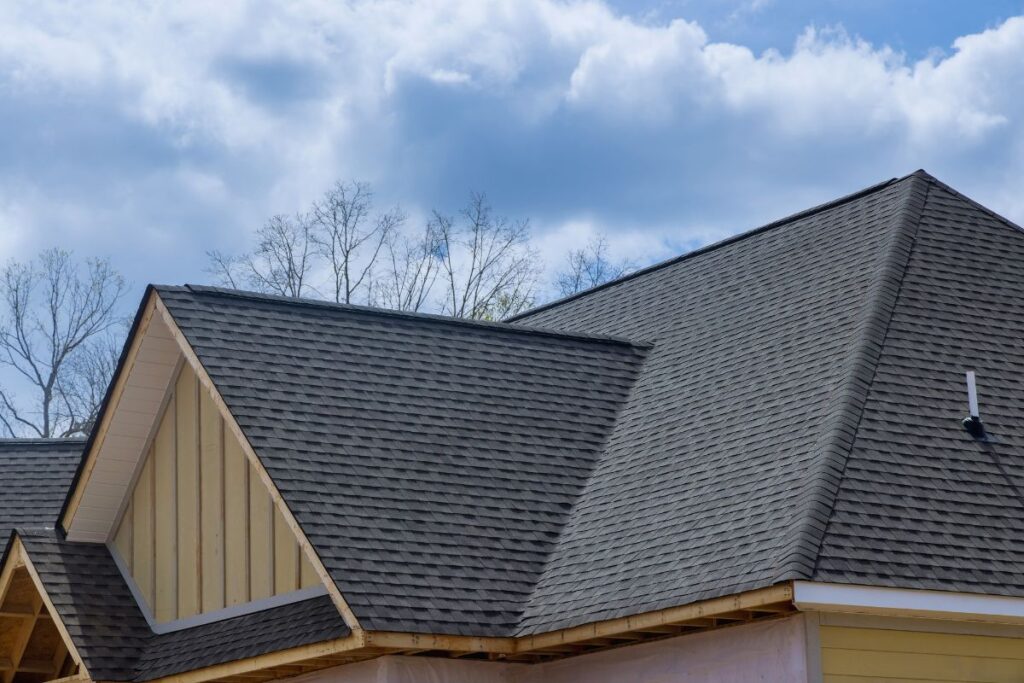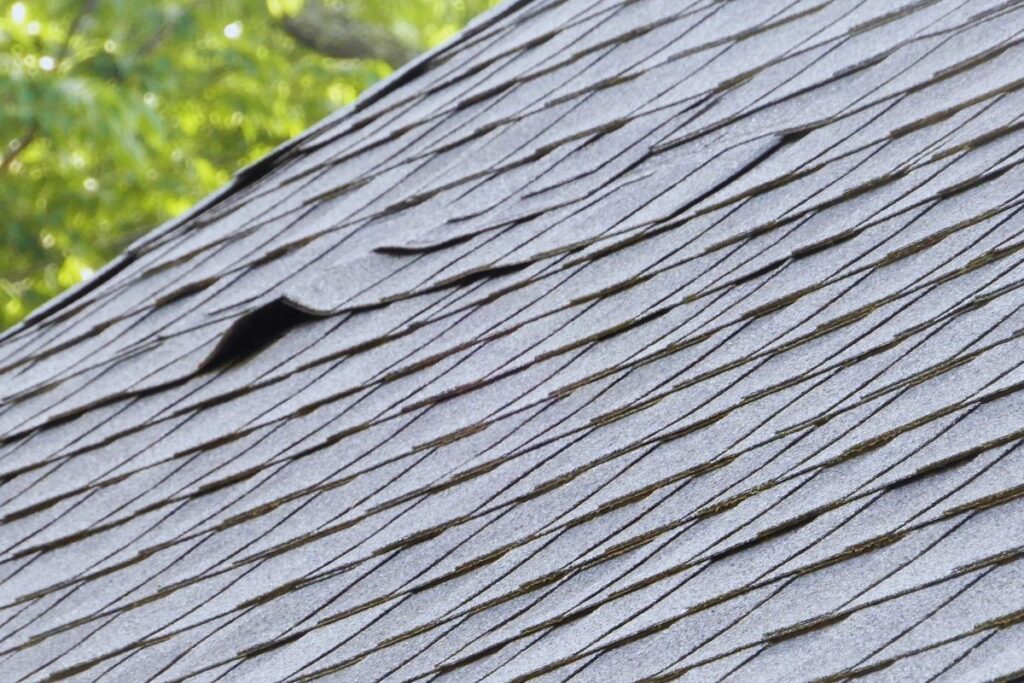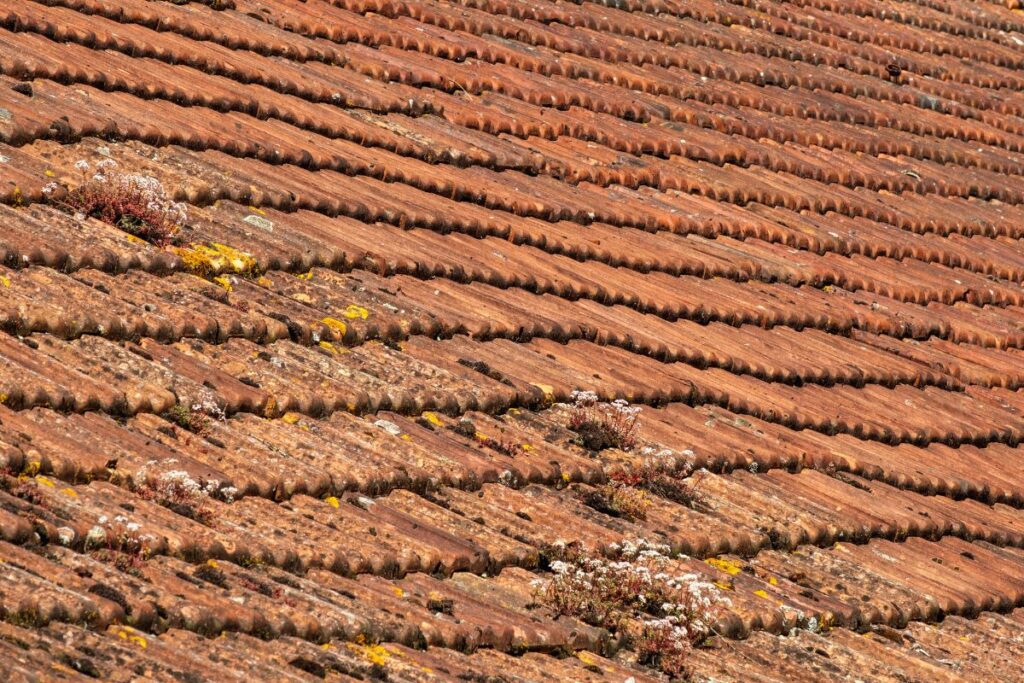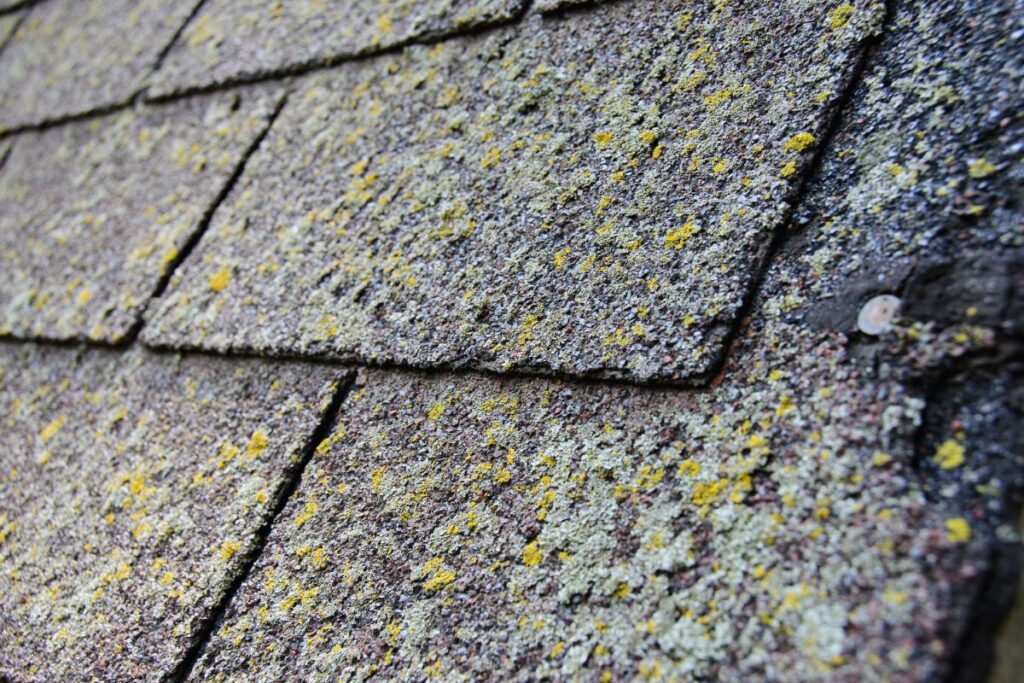For any homeowner, finding out that your roof shingles are failing and causing damage can be a stressful thought. Whether you notice curling edges, missing granules, or continuous leaks, identifying the cause is the first step to preventing further damage.
In this blog post, we’ll answer questions that many homeowners have, including why roof shingles fail, and what potential solutions you can use to fix them.
An Overview of The Roof Shingle Lifespan

As a homeowner’s favorite option, asphalt shingles typically last between 15 to 25 years, but their lifespan depends on factors like installation quality, maintenance, and weather conditions. Regular upkeep is crucial since neglecting shingles can lead to premature aging and failure. By staying on top of maintenance with regular roof inspections, homeowners can catch problems early and ensure their shingles remain durable and effective for years.
Common Causes of Roof Shingle Failure
Now, let’s explore the common reasons behind shingle failure and how to prevent it from happening to your home:
1. Improper Installation
Improper installation is one of the top causes of shingle failure. Shingles that have been misaligned, improperly nailed down, or missing underneath, can lead to loose shingles, water leaks, and a shorter roof lifespan. Poor roof installation can also lead to shingles falling off the roof during storms or high winds. Hiring experienced professionals prevents this from happening and ensures a proper roof installation.
2. Poor Ventilation
Without proper attic ventilation, heat and moisture can build up, causing shingles on the roof to deteriorate faster. This leads to curling, cracking, and even mold growth if the conditions are right. Good ventilation helps maintain the right temperature and moisture balance within the roofing system, extending the life of your shingles.
3. Low-Quality Materials
Cheap, low-quality shingles can wear out quickly when exposed to UV rays and harsh weather. These materials may not last as long, causing early failure and damaged roofing materials. Investing in better-quality shingles can protect your roof for years.
4. Extreme Weather Conditions
Severe weather, such as hail, strong winds, or heavy rain, will damage shingles by cracking them or ripping them off. Shingle cracking is more likely to occur under extreme weather conditions. UV exposure also causes brittleness over time. Consider your local climate when choosing shingles to ensure your roof can handle tough conditions.
5. Lack of Maintenance
Neglecting regular maintenance can let small issues, like missing flashing or shingles, grow into bigger problems. Annual inspections and prompt repairs are essential to prevent having to make expensive replacements.
6. Aging and Natural Wear
Over time, shingles lose their protective granules, becoming more vulnerable to cracking and curling. Cracked and damaged shingles are a natural part of the aging process. Aging is inevitable, but proper care can slow the process. Keep track of your roof’s age and plan for replacement when necessary.
7. Overhanging Tree Branches and Debris Accumulation
Trees hanging over your roof can drop branches or leaves that trap moisture on the surface. This can lead to mold and algae growth along shingles, weakening them. This can be easily prevented by trimming trees and clearing debris regularly to protect your roof.
8. Flashing Issues
Flashing helps direct water away from areas like chimneys and vents. If it starts to deteriorate over time, it can cause leaks and lead to shingles falling off the roof. Be sure to inspect flashing regularly to keep your roof protected.
What Do Failing Roof Shingles Look Like?
To help you spot early signs of roof shingle failure, let’s look at the common indicators:
Curling Shingles

Curled edges or buckling shingles often indicate aging or poor attic ventilation. This reduces the roof’s ability to protect against water and wind damage, increasing the risk of leaks.
Granule Loss
When granules start to come off shingles, it’s a sign they’re deteriorating. This reduces their effectiveness, making them more vulnerable to cracking or further damage.
Sagging Shingles

If shingles look like they’re sagging down with the rest of the roof, this often means you’re dealing with severe structural issues, such as rotting wood or weakened supports. This is a serious problem that requires prompt attention.
Algae Growth or Dark Streaks

Dark streaks or algae growth on shingles might not immediately affect the roof’s structural integrity, but it can trap moisture, accelerating shingle deterioration over time.
Brittleness
Prolonged exposure to sunlight and harsh weather causes shingles to become brittle, making them more likely to crack or break during storms or maintenance.
What Should You Do If Your Roof Shingles Are Failing?
Now, let’s go over the steps you can take to fix or prevent shingle damage:
1. Inspect the Damage
Start by checking your roof to see how bad the damage is. Look for missing, curled, cracked, or torn shingles. Use binoculars, or climb up safely with the proper equipment to avoid accidents. Mark the damaged areas so nothing is missed during repairs.
2. Fix Small Issues
For small problems like curled or cracked shingles, you can apply roofing sealant to hold them in place. Place a bead of sealant under the damaged spot, press it down, and weigh it down with something heavy until it dries.
3. Replace Missing or Severely Damaged Shingles
If shingles are missing or too damaged to repair, replace them. Pry out the nails of the damaged shingles and slide them off carefully. Install new ones by cutting them to size, sliding them into place, and securing them with nails and roofing cement to prevent leaks.
4. Repair Flashing and Other Components
Inspect the flashing around chimneys, vents, and skylights for damage or looseness. Fix or replace any worn flashing to prevent leaks that could damage the roof structure.
5. Clear Debris and Maintain Gutters
To get rid of algae and growth on your roof and prevent the shingles from failing, keep your roof and gutters clear of debris like leaves and branches.
6. Call a Professional Contractor
If the damage is too significant, or you’re unsure about how to go about making repairs, it’s a good idea to call a professional roofing contractor. They have the tools and experience to handle major repairs safely and quickly.
Call Prestige Roofing LLC – The Best Shingle Roofing Service Provider!
Knowing why the shingles on your roof are failing is important to keeping your roof in good condition. By spotting early signs of damage, like the ones mentioned above, you can take action to protect your investment and extend your roof’s lifespan.
Don’t wait for issues to get worse! Our team at Prestige Roofing LLC offers expert shingle roofing services, from simple repairs to full replacements. Our professionals use high-quality materials and trusted methods to ensure your roof lasts, and that your home is safe for years to come. Get in touch with us today, at (920) 791-0414!

